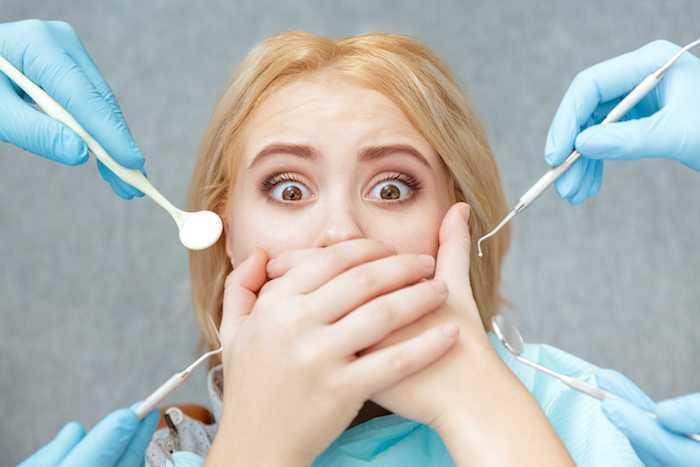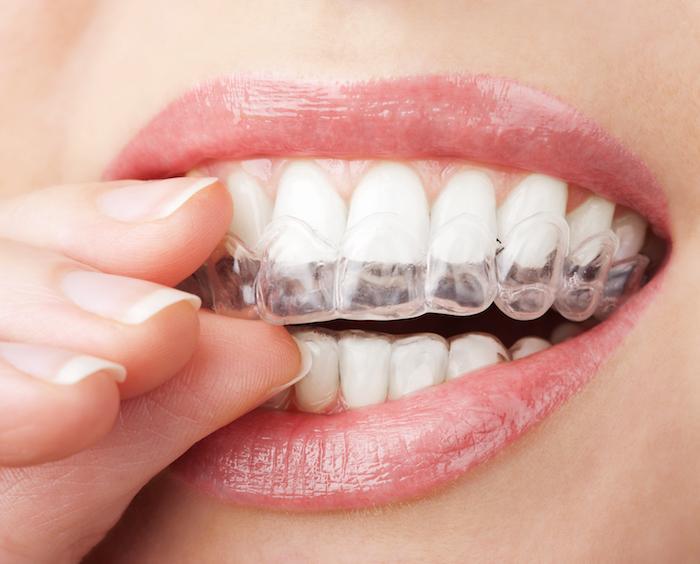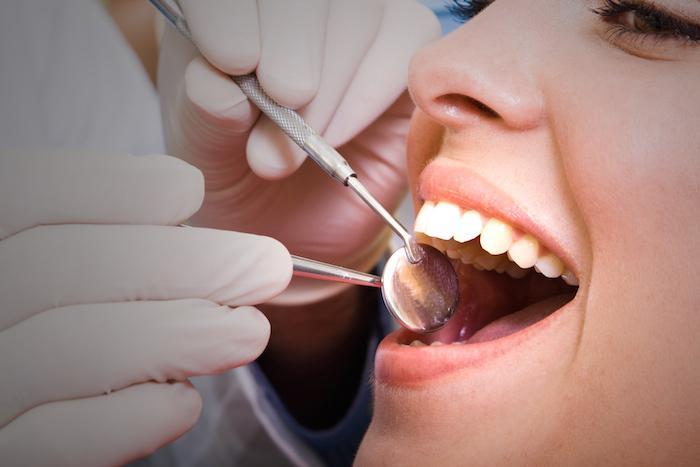
Oral hygiene is critical to a person’s general health and well-being. Poor or subpar oral care increases the risk of problems like cavities and gum disease. Fortunately, it’s easy to adopt good oral hygiene habits once you know what to do and what to avoid.
In this post, the Arya Dental team in Fullerton, California, discusses some essential tips for brushing and flossing at home to keep your smile in tip-top shape. Of course, in addition to home care, twice annual checkups with your dentist are important.
Common brushing mistakes
Brushing your teeth at least twice each day is the basis of good dental hygiene, but are you making any of these typical brushing mistakes?
Harsh brushing
You can damage the dental enamel (outer tooth layer), with over-vigorous brushing. Instead, use gentle circular motions with the head of your toothbrush, rather than sawing or scraping over the surface of your teeth.
Skipping spots
You must polish every surface of your teeth, each and every one of them. Missing spots can lead to tooth decay or gum disease.
Brushing your teeth should take two minutes, with 30 seconds spent on each quadrant of your mouth. Begin by cleaning the outside surfaces of your teeth, one at a time, to ensure you don’t miss anything. Brush your gum line above your teeth at an angle to remove debris.
Then it’s time to work on the inside of your teeth. Finally, clean your teeth’s chewing surfaces.
Failing to replace your brush regularly
Toothbrush heads should be replaced when they begin to show indications of wear. Brushing with a worn-out brush is ineffective. Keep your dental care equipment in good working order. In general, it’s a good idea to replace your toothbrush head every 90 days.
Common flossing mistakes
Flossing removes bacteria from the small spaces between your teeth and is also important for gum health. Are you flossing properly? And do you know the most common flossing errors?
Avoiding flossing
The most common flossing error is not flossing frequently enough. Many Americans admit to not flossing on a daily basis. However, by improving your flossing habits, you can greatly enhance your long-term dental and oral health.
Brushing before flossing
Flossing should be the first step in your daily dental care routine. It’s a good idea to floss before brushing your teeth to avoid spreading harmful bacteria in your mouth after you’ve already cleansed them.
Improper flossing technique
Pinch an 18-inch piece of floss between your thumbs and middle fingers with both hands to floss properly. Shape the floss into a “C” shape around each of your teeth, gently sliding it up and down to completely cover the region between your teeth, including stimulating your gums.
To avoid spreading bacteria, shift the floss as you make your way around your mouth, utilizing clean portions. When you’re through, throw away your floss.
Checking in with the experts
Bring up your brushing and flossing habits or techniques to the team at Arya Dental during your regularly scheduled professional cleaning. The Arya Dental team is dedicated to helping you and the entire family keep your smile healthy and bright. If something comes up between your twice yearly check up, our team is glad to assist. To get started, call to schedule a visit with the Arya Dental team, or submit your request here on our website.






